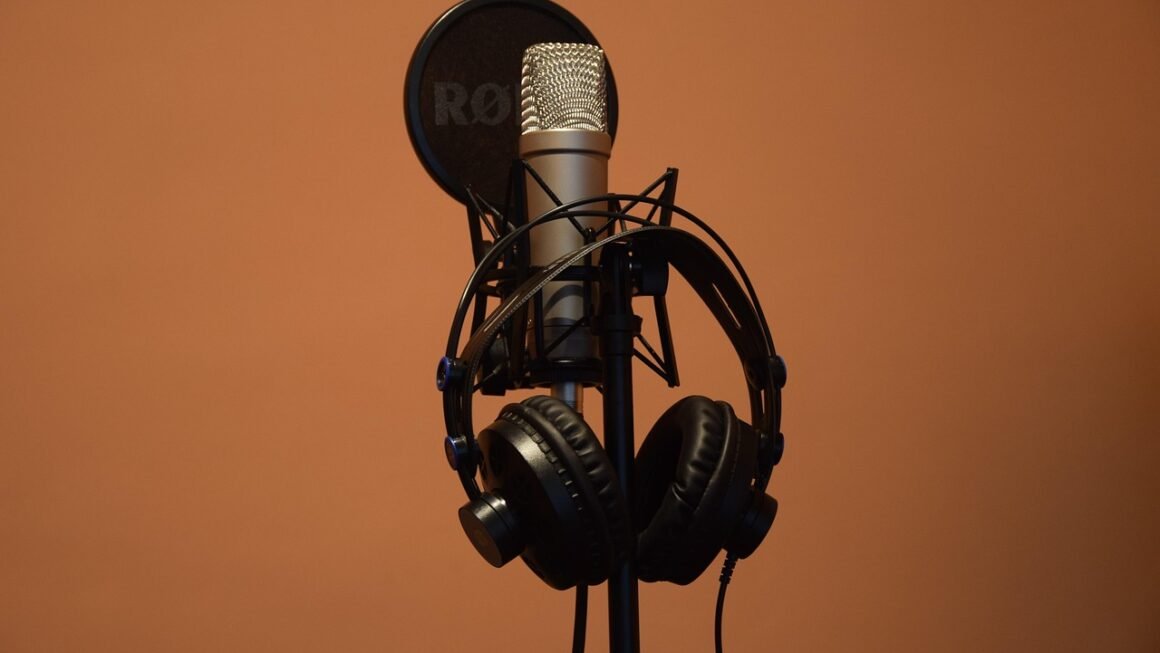Pop culture. The very phrase conjures images of viral dance crazes, chart-topping songs, and binge-worthy television shows. It’s the ever-evolving tapestry of trends, ideas, and attitudes that permeates our daily lives. But more than just fleeting fads, pop culture serves as a mirror, reflecting our collective anxieties, aspirations, and societal shifts. From the music we stream to the memes we share, understanding pop culture is crucial for understanding the world around us.
What Exactly Is Pop Culture?
Pop culture, short for popular culture, encompasses the widely disseminated and accepted cultural products, practices, and beliefs within a society. It’s the mainstream, the things that most people are familiar with and participate in. It’s not high art or academic discourse; it’s accessible, often commercially driven, and constantly changing.
Defining the Boundaries
- Accessibility: Pop culture is readily available to a wide audience. Think streaming services, social media platforms, and easily digestible content.
- Commercialism: Often, pop culture is driven by commercial interests. Movies, music, and merchandise contribute to a multi-billion dollar industry.
- Transience: Trends come and go. What’s popular today might be forgotten tomorrow. The lifespan of a viral meme can be incredibly short.
- Influence: Despite its fleeting nature, pop culture wields significant influence on social norms, values, and behaviors.
Examples in Action
- Music: Taylor Swift’s record-breaking album releases, BTS’s global domination, and the resurgence of vinyl records all demonstrate the power of music in pop culture.
- Film & TV: The Marvel Cinematic Universe, the popularity of streaming platforms like Netflix and Disney+, and the water-cooler conversations surrounding shows like “Succession” are prime examples.
- Social Media: TikTok dances, Instagram filters, and viral challenges all contribute to the ever-changing landscape of online pop culture.
- Fashion: Streetwear trends, celebrity fashion choices, and the influence of social media influencers on style are all key aspects of pop culture fashion.
The Evolution of Pop Culture
Pop culture is not a static entity; it’s a dynamic force constantly adapting and evolving. Tracing its history reveals fascinating insights into how societal shifts influence trends.
From Radio to the Internet
- The Pre-Internet Era: Radio, television, and print media were the primary drivers of pop culture in the mid-20th century. Iconic figures like Elvis Presley and the Beatles dominated the scene.
- The Rise of Cable TV: The introduction of cable TV in the 1980s and 90s led to the diversification of content and the emergence of niche audiences.
- The Internet Revolution: The internet revolutionized pop culture, democratizing content creation and consumption. Social media platforms allowed ordinary individuals to become influencers and shape trends.
Key Milestones and Turning Points
- The MTV Effect: MTV’s launch in 1981 transformed the music industry and introduced a visual element to pop culture.
- The Reality TV Boom: The popularity of shows like “Survivor” and “Big Brother” in the early 2000s ushered in a new era of reality television.
- The Social Media Takeover: The rise of Facebook, Twitter, Instagram, and TikTok has fundamentally changed how pop culture is created, consumed, and disseminated.
The Impact of Pop Culture on Society
Pop culture isn’t just entertainment; it plays a significant role in shaping our understanding of the world and influencing our behaviors.
Societal Reflection
- Mirrors of Society: Pop culture reflects the prevailing social norms, values, and anxieties of a particular time. For example, the popularity of dystopian fiction often reflects anxieties about political or environmental instability.
- Social Commentary: Artists and creators use pop culture to comment on social issues, challenge norms, and spark conversations. Think of politically charged songs or movies that address social inequalities.
Shaping Trends and Behaviors
- Fashion and Lifestyle: Pop culture influences fashion trends, lifestyle choices, and consumer behavior. Celebrity endorsements and influencer marketing play a significant role in driving consumer demand.
- Language and Communication: New slang, catchphrases, and communication styles often originate in pop culture and quickly spread through society. Think of internet memes becoming part of everyday conversations.
- Political and Social Activism: Pop culture can be a powerful tool for raising awareness about social and political issues. Celebrity activism and the use of social media for social movements are examples of this.
Navigating Pop Culture in a Digital Age
The digital age has transformed pop culture, creating both opportunities and challenges for creators and consumers alike.
The Rise of Influencer Culture
- Democratization of Influence: Social media has allowed ordinary individuals to become influencers, shaping trends and influencing consumer behavior.
- Authenticity vs. Commercialism: Balancing authenticity with commercial interests is a challenge for influencers. Transparency and disclosure are crucial for maintaining trust with followers.
- The Power of Micro-Influencers: Micro-influencers, with smaller but highly engaged audiences, are becoming increasingly important in marketing campaigns.
The Challenges of Misinformation
- Fake News and Disinformation: The spread of fake news and disinformation on social media poses a significant challenge to informed decision-making.
- Critical Thinking and Media Literacy: Developing critical thinking skills and media literacy is essential for navigating the digital landscape and identifying misinformation.
- Fact-Checking and Verification: Utilizing fact-checking websites and verifying information from multiple sources can help combat the spread of fake news.
Analyzing Pop Culture: A Practical Approach
Understanding pop culture requires more than just passive consumption. Developing analytical skills allows you to critically evaluate trends and their impact.
Decoding Hidden Messages
- Subtext and Symbolism: Pop culture often contains hidden messages and symbolism that can reveal deeper meanings and social commentary.
- Cultural Context: Understanding the cultural context in which a particular trend or phenomenon emerged is crucial for interpreting its significance.
Identifying Trends
- Trend Forecasting: Keep an eye on emerging trends on social media, in music, and in film and television.
- Cultural Signals: Look for signals that indicate a trend is gaining momentum, such as increased media coverage, celebrity endorsements, and widespread adoption.
Evaluating Impact
- Positive and Negative Influences: Consider the potential positive and negative influences of a particular trend on society.
- Long-Term Effects: Think about the potential long-term effects of pop culture trends on social norms, values, and behaviors.
Conclusion
Pop culture is more than just fleeting entertainment; it’s a powerful force that shapes our world. By understanding its dynamics, its history, and its impact, we can gain a deeper appreciation for the complexities of modern society and become more informed and engaged citizens. From critically analyzing trends to navigating the digital landscape, a keen awareness of pop culture is essential for anyone seeking to understand the ever-evolving world around us. Stay curious, stay informed, and keep exploring the fascinating world of popular culture.


